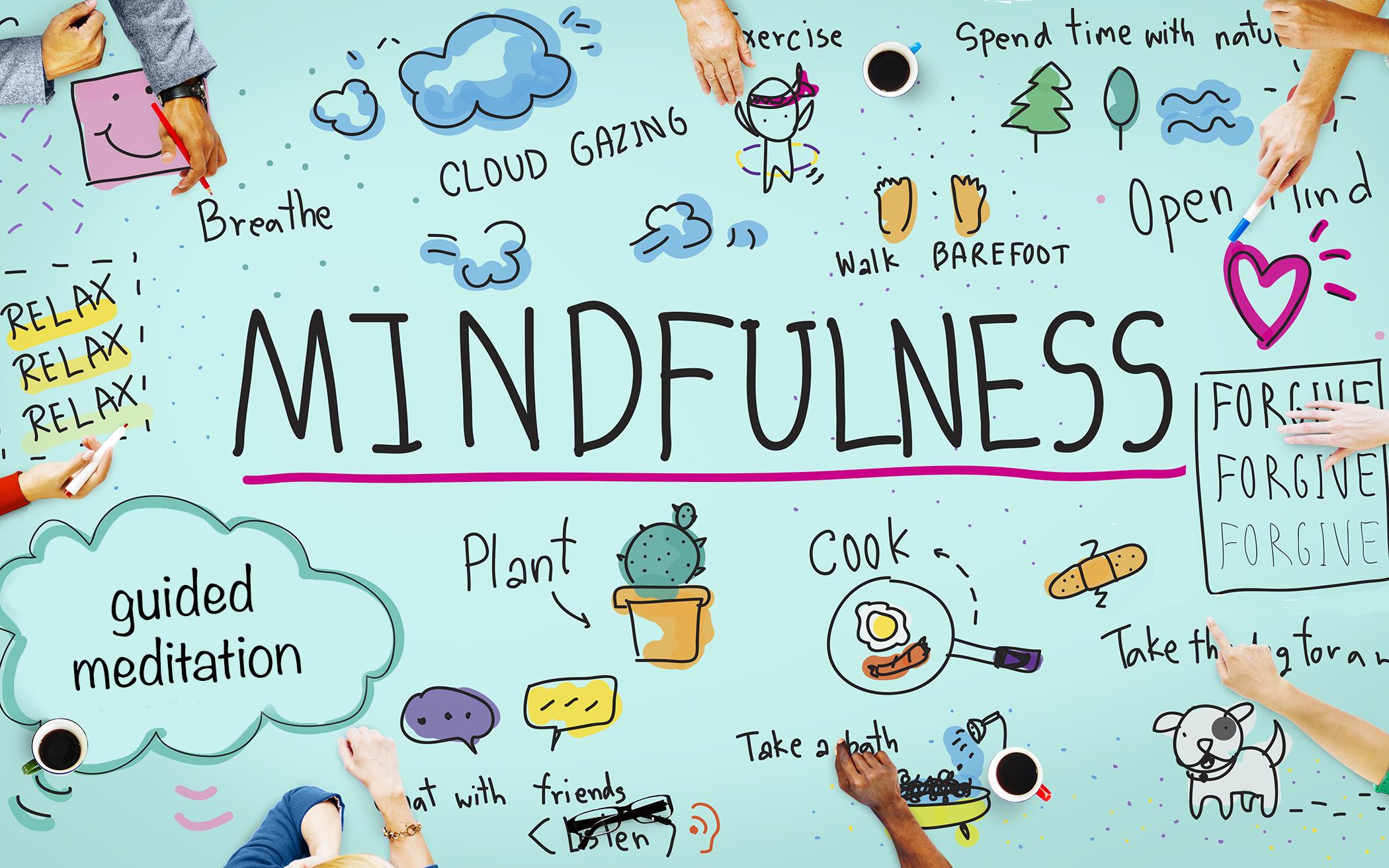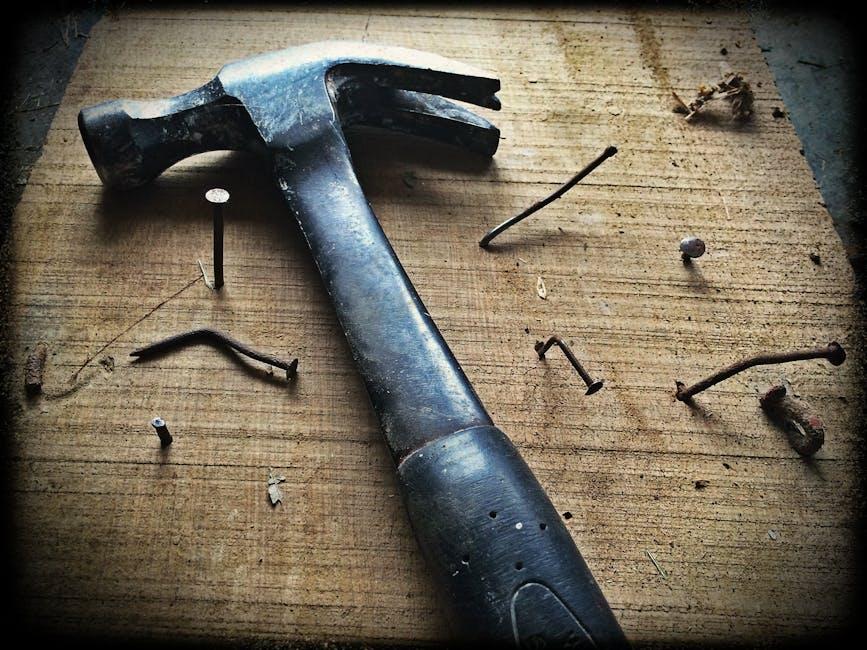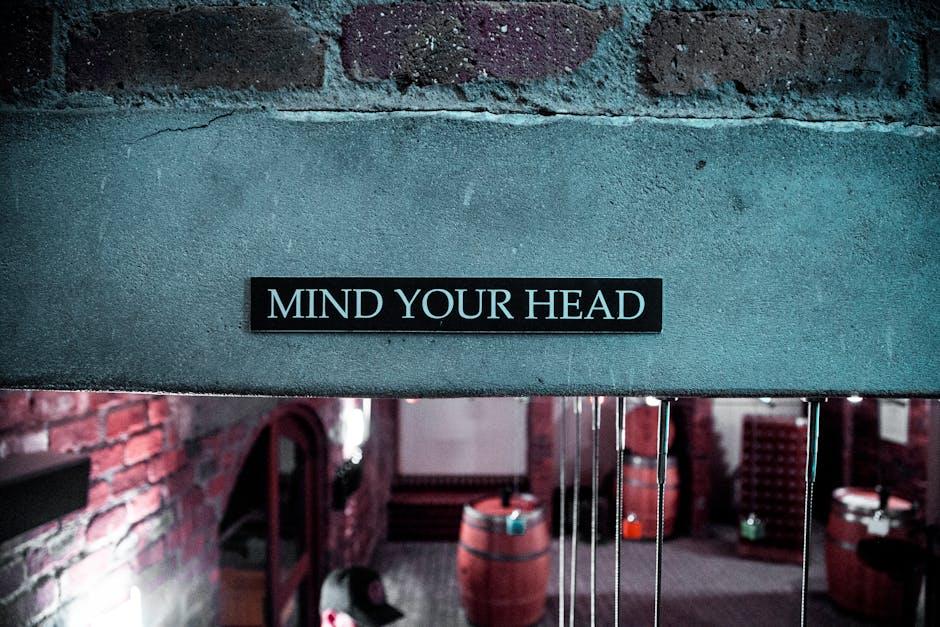Chronic pain—it’s that uninvited guest who’s overstayed their welcome, hogging the couch and raiding the fridge long after the party’s over. Many of us know the grimaces, groans, and gritted teeth that come with trying to live a “normal” life while your body feels like it’s staging a constant rebellion. Now, what if we told you that mindfulness, that elusive state of calm most of us seem to pursue like the last brownie at a potluck, could be a secret weapon in this battle? Yes, putting on your zen hat could actually help you reclaim some peace, even when your body has other plans. In this article, we’ll dive into how the ancient practice of mindfulness is giving some chronic pain sufferers a new lease on life—or at least a less-grumpy one. So, pour yourself a cup of herbal tea (or a double-shot espresso, we don’t judge) and let’s explore how tuning into the present moment might just help you quiet that incessant pain.
Mindfulness: Your Brain’s Chill Pill for Chronic Pain
Imagine your brain with a tiny, zen monk inside it. Mindfulness works like that little monk, teaching your brain to focus on the present, calming your nerves, and helping manage chronic pain. When you practice mindfulness, it’s like hitting the “mute button” on pain signals being overblown by stress and anxiety. This brain trick is so cool, it’s like giving pain a time-out in the naughty corner. Seriously, incorporating mindfulness into your daily routine can cut chronic pain down to size by reducing the brain’s emotional reaction to discomfort. 📿🧘
Here’s why mindfulness is your brain’s ultimate chill pill:
- Distraction Technique: Focusing on the now helps divert your mind away from pain.
- Relaxation Response: It lowers stress hormones that amplify pain.
- Body Scan Awareness: Helps you spot and release tension zones.
Check out this quick comparison:
| Normal Brain | Mindful Brain |
|---|---|
| Ouch! This hurts! 😫 | Okay, I feel this, but I’m calm. 🤔✨ |
| Stress all day, everyday. 😟 | Stress? Nah, I’m chill. 😎 |

Mindfulness Practices That Make Pain Say “Uncle”
Feeling like your pain is the boss? Time to turn the tables and make it plead for mercy! Here are some super chill mindfulness practices that pack a punch:
- Deep Breathing: Fill your lungs like a balloon. Inhale for 4 seconds, hold it for 4, and then release. It’s like telling your nerves, “Chill out, dude!”
- Body Scans: Mentally scan your body from head to toe. Imagine you’re a human x-ray machine looking for stress points. Found one? Breathe in, breathe out, and poof – tension-b-gone!
- Mindful Meditation: Focus on the present. Let thoughts drift by like clouds. No dramatics, just the here and now. Your pain might just get bored and leave you alone!
For those of you with a data-driven brain, let’s put it on the table – literally. Below is a handy comparison to show you the weight these mindfulness techniques throw:
| Mindfulness Technique | Effort Level | Pain Relief |
|---|---|---|
| Deep Breathing | Low | High |
| Body Scans | Medium | Medium-High |
| Mindful Meditation | Variable | High |
These mindfulness warriors are not just for yogis or meditation masters. Give them a shot, and let your pain tap out!

DIY Mindfulness: Turning “Ouch!” into “Ommmm”
Imagine this: You’re lying on a yoga mat, attempting to reach a zen-like state, and then—bam! Your back starts broadcasting “Made in Pain Land” at top volume. It’s hard to find your inner peace when all you can think about is that dull, constant ache. But, here’s a little secret: mindfulness can be your sidekick in this battle. By shifting your attention from the pain to the present moment, you can transform those “Ouch!” moments into a soothing “Ommmm.” The magic trick is to focus on where the pain is, and instead of fighting it, you simply observe it. This won’t make the pain vanish, but it will change your relationship with it, making it less dominating in your daily life.
Now, let’s break it down with some easy-peasy steps to sprinkle mindfulness into your life, without needing a PhD in meditation. First, breathe—sounds obvious, right? But we’re not talking regular breathing, we’re talking deep breaths, the kind that make your belly rise like a souffle. Second, when pain rears its ugly head, stamp a metaphorical “Thanks, but no thanks” on it. Think of these pain sensations as passing clouds in the sky of your mind. sprinkle in some gratitude, even if it’s just for small things like managing to tie your shoes without grumbling. Remember, laughter is just as powerful, so feel free to chuckle at the irony of meditating away pain. Here’s a quick guide to get started:
- Step 1: Take a deep breath—like, REALLY deep.
- Step 2: Visualize the pain as a passing cloud.
- Step 3: Sprinkle gratitude and humor.
| Mindfulness Tip | Benefits |
|---|---|
| Deep Breathing | Calms the mind and body |
| Pain Visualization | Reduces pain’s emotional impact |
| Gratitude Practice | Enhances overall well-being |

Mindfulness: The Art of Distracting Your Brain with Peace and Calm
Imagine your brain as a mischievous puppy. When you experience chronic pain, this puppy tends to latch onto the pain like it’s a squeaky toy. Mindfulness is like introducing a new, squeakier toy that’s way more interesting! By focusing on peaceful and calming sensations, you can direct your brain’s attention away from pain and towards something much more enjoyable.
Here are a few techniques to help distract your brain with a dose of tranquility:
- Deep Breathing: Inhale positivity, exhale stress. Repeat until you feel like a serene, human balloon.
- Body Scanning: Slowly shift your focus from toe to head, acknowledging each body part and telling them, “You’re doing great, sweetie!”
- Visualization: Picture your happy place. Whether it’s a beach, mountain top, or a quiet library, go there in your mind and set up camp.
Q&A
Q&A:
Q1: What exactly is mindfulness?
A1: Ah, mindfulness! It’s not just about sitting cross-legged and chanting “om.” Think of it as the art of staying in the present moment without letting your mind wander faster than a toddler on a sugar rush. Essentially, it’s being aware of your thoughts, feelings, and sensations in a non-judgmental way. It’s like giving your brain a spa day.
Q2: How can mindfulness help with chronic pain?
A2: Picture this: Your brain is the drama queen of your body, and chronic pain is the over-the-top soap opera it loves to binge-watch. Mindfulness steps in like the sensible friend who says, “Hey, let’s not overreact.” By practicing mindfulness, you can reduce the emotional and psychological impact of pain, making it more bearable. It’s like clicking the “mute” button on that drama.
Q3: Is there scientific evidence that mindfulness works for chronic pain relief?
A3: Absolutely! Researchers, who are more about lab coats than yoga mats, have found that mindfulness can help reduce pain perception and improve a person’s overall quality of life. Studies show it can lower stress hormones and change how your brain processes pain. So, it’s not just another wellness fad like vampire facials or kale-flavored toothpaste.
Q4: Can anyone practice mindfulness, or do you need to be a zen master?
A4: Good news! You don’t need to be a zen master or have the flexibility of a Cirque du Soleil performer. Mindfulness is for everyone—even those of us who can barely touch our toes. Simple practices, like mindful breathing and body scans, can be done anywhere, anytime. It’s more about consistent practice than about achieving enlightenment on a mountaintop.
Q5: Do I need special equipment or a dedicated space to practice mindfulness?
A5: Nope! The beauty of mindfulness is that it doesn’t require any fancy gear. There’s no need for a yoga mat made from organic, free-range bamboo or incense that smells like the tears of unicorns. Your office chair, bedside, or even a crowded subway can be your mindfulness studio.
Q6: How soon can I expect to see results?
A6: While we’d love to say there’s a magical timeline, the reality is that it varies from person to person. Some start feeling improvements within a few weeks, while for others it takes a bit longer. Think of it like planting a garden: You might not get instant tomatoes, but with regular watering (or in this case, practice), you’ll soon see growth.
Q7: Are there any risks associated with mindfulness?
A7: Statistically, mindfulness is safer than trying to assemble IKEA furniture without the manual. However, some people might find it uncomfortable to sit with their thoughts, especially if they’ve been bottling up emotions. It’s always wise to start slow and, if needed, consult with a healthcare provider to ensure it’s right for you. No need to jump into the deep end immediately—waist-deep is just fine.
Q8: Any tips for incorporating mindfulness into a busy schedule?
A8: If you can find time to scroll through cat videos or binge-watch that new series, you can squeeze in a few minutes of mindfulness! Try integrating it into daily activities. Brush your teeth mindfully, eat lunch without multitasking, or take a moment before meetings to take a few deep breaths. Think of it as a little mental flossing.
Q9: Where can I learn more about mindfulness practices?
A9: The world is your oyster here. Tons of apps, books, and online courses are available to guide you on your mindfulness journey. Some popular apps like Headspace and Calm offer guided sessions, while books like “The Miracle of Mindfulness” by Thich Nhat Hanh provide deeper insights. And don’t forget the thousands of YouTube videos ready to help turn you into a mindfulness aficionado.
So, there you have it! Mindfulness isn’t about transforming into an enlightened monk but about giving your mind a well-deserved break from the constant chatter. Ready to give it a go? Remember, your brain deserves a vacation too!
Concluding Remarks
while chronic pain is no laughing matter, it’s heartening to know that incorporating mindfulness into your daily routine can offer a significant reprieve from the relentless nuisance of persistent pain. Think of mindfulness as the Swiss Army knife in your pain relief toolkit—capable, versatile, and oddly satisfying when you finally master its many uses.
So, next time you’re feeling like a human pretzel with a side of aches and pains, take a deep breath (or ten), immerse yourself in the present moment, and kindly show your stress the door. Remember, the mind is a powerful thing, and with a smidgen of mindfulness, you just might find yourself chuckling your way to a more comfortable existence. Because in the game of chronic pain, who says you can’t have a bit of fun along the way?


